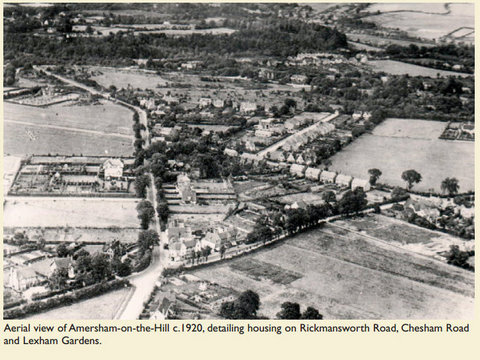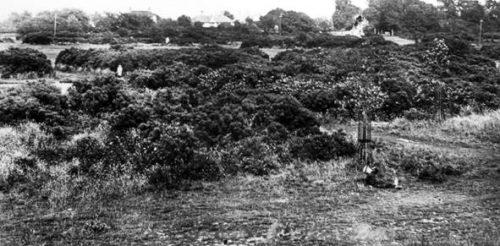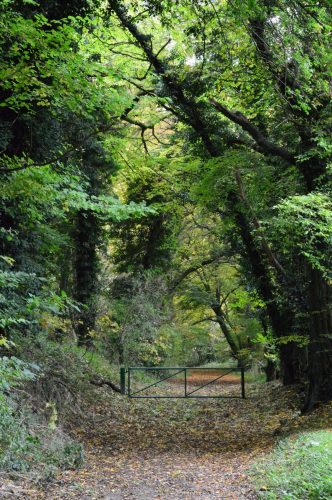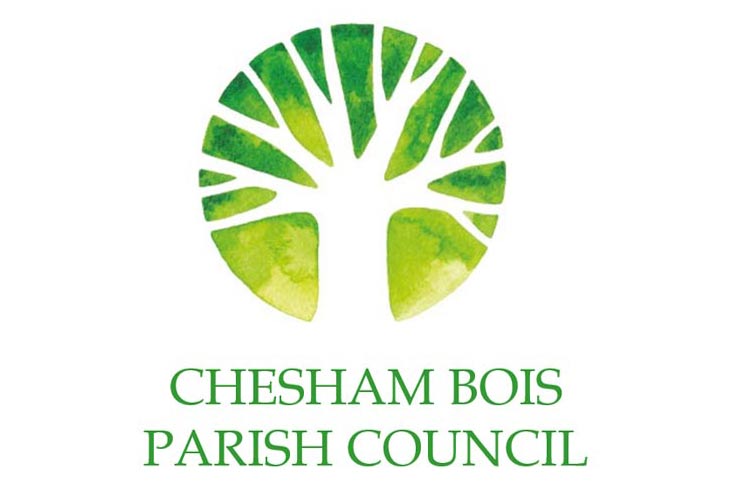 Management Plan for Chesham Bois Common and Woodlands
Management Plan for Chesham Bois Common and Woodlands
At the turn of the last century you could see across the Common from North Road to South Road; there were a few trees and some gorse but mainly grass. When grazing stopped saplings could grow and gradually trees self-seeded and the wooded area expanded, particularly with ash, sycamore and cherry until the appearance of the Common evolved into the one we know today. But letting nature take its course brings some difficulties: the woods are too uniform in age and species structure to be resilient with a lot of crowded trees of a similar (old) age. Ash, for example, has a normal lifespan of 100-150 years, wild cherry, 70-100 years, so a number of these are failing and the Parish Council has been clearing them individually. There is insufficient space or light for new growth in many areas. The Forestry Commission recommends that sustainable management of woodlands is crucial to their long term future and that their social and environmental value can be improved gradually – the Parish Council share this view and in short we want to ensure that our unique Common and woods are not only still here for future generations but are also better and healthier. With that in mind we have been working with experts from the Chilterns Woodland Project, a charity with the Chilterns Conservation Board, to devise a Management Plan for the next 10 years and beyond.
There are a number of key elements to our vision:
To improve the public amenity of the Common and woodlands for formal and informal recreation
To improve the health and resilience of the woodlands by diversifying age and species structure
To protect the Common’s aesthetic appeal
To continue to encourage biodiversity and protect wildlife
To ensure the safety of the public by removing dead and deteriorating trees
To encourage learning about the natural world
The strategy to achieve these aims proposes some thinning and selective felling in some areas in order to increase light levels and therefore encourage natural regeneration. A continuous cover approach is proposed so that the best trees are preserved and new growth for the future encouraged around them. In some other areas of woodland owned by the Council, such as Bois Wood, which has not been managed for some time, it may be appropriate to fell a higher percentage of poor trees and the supplementary planting of native broadleaved trees may be needed. The Chilterns are already threatened with ash dieback disease and some has been found on the Common already, so we must monitor and manage the health of our trees very carefully, otherwise a larger number may be lost. We are already trying to control invasive species such as laurel and holly in our woods but in some areas we propose to maintain holly as a screen and as a valuable habitat. 
The Council consider it vital to conserve the character of Chesham Bois Common; we do not wish it to become a parkland landscape, but we can enhance the woodland in many ways whilst ensuring its long term viability. All of this work needs to be within the financial constraints of the Parish and the Management Plan will first have to be approved by the Forestry Commission and Chiltern District Council. More details will be available on the Parish Council website and we are inviting your feedback and opinions.




